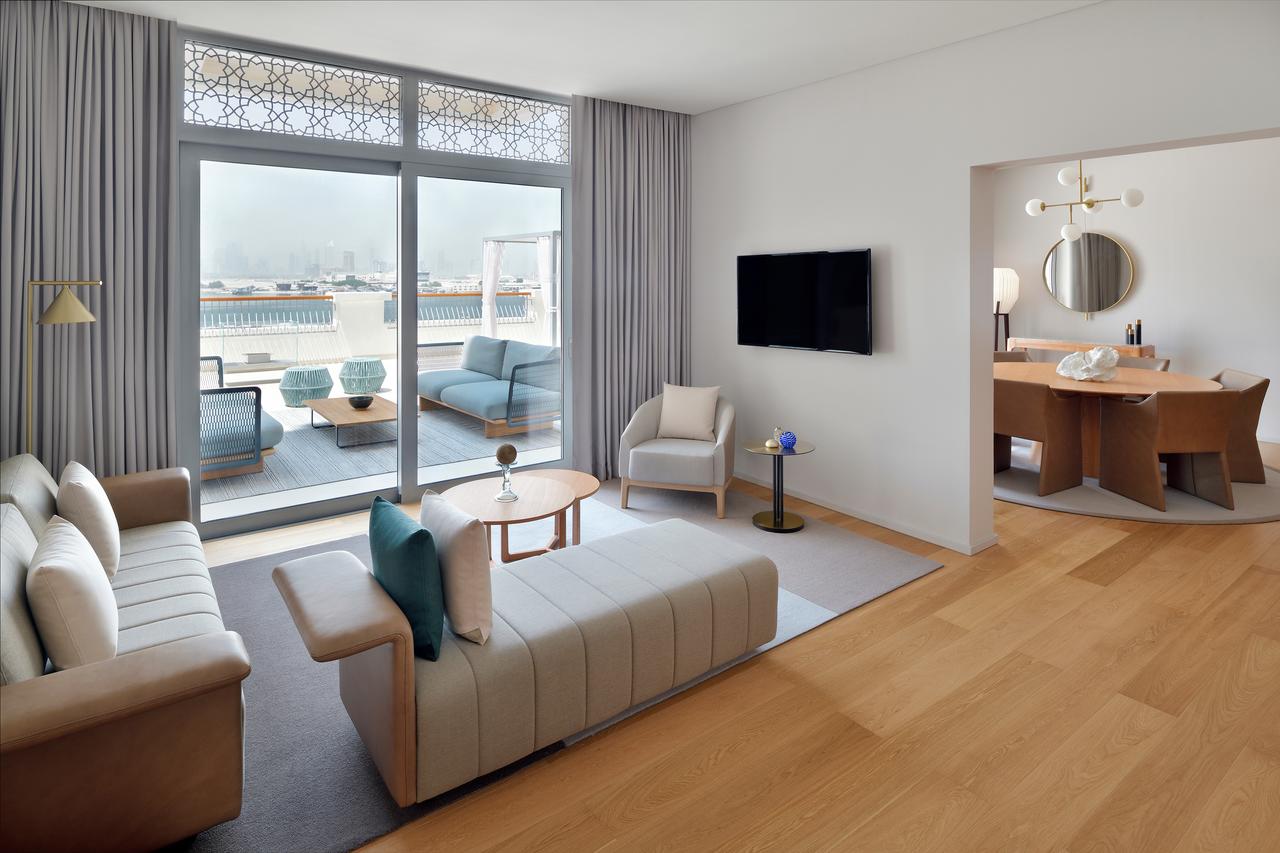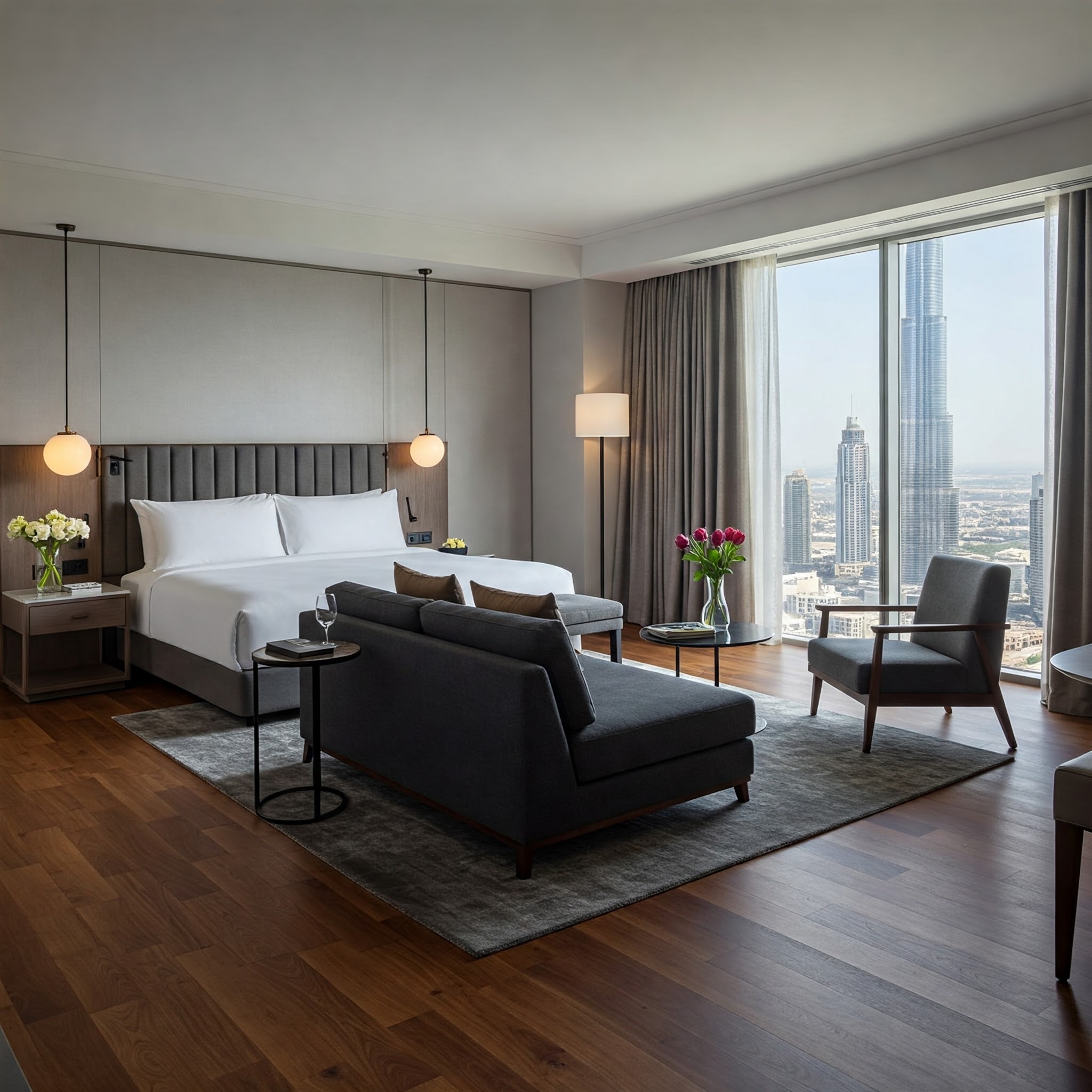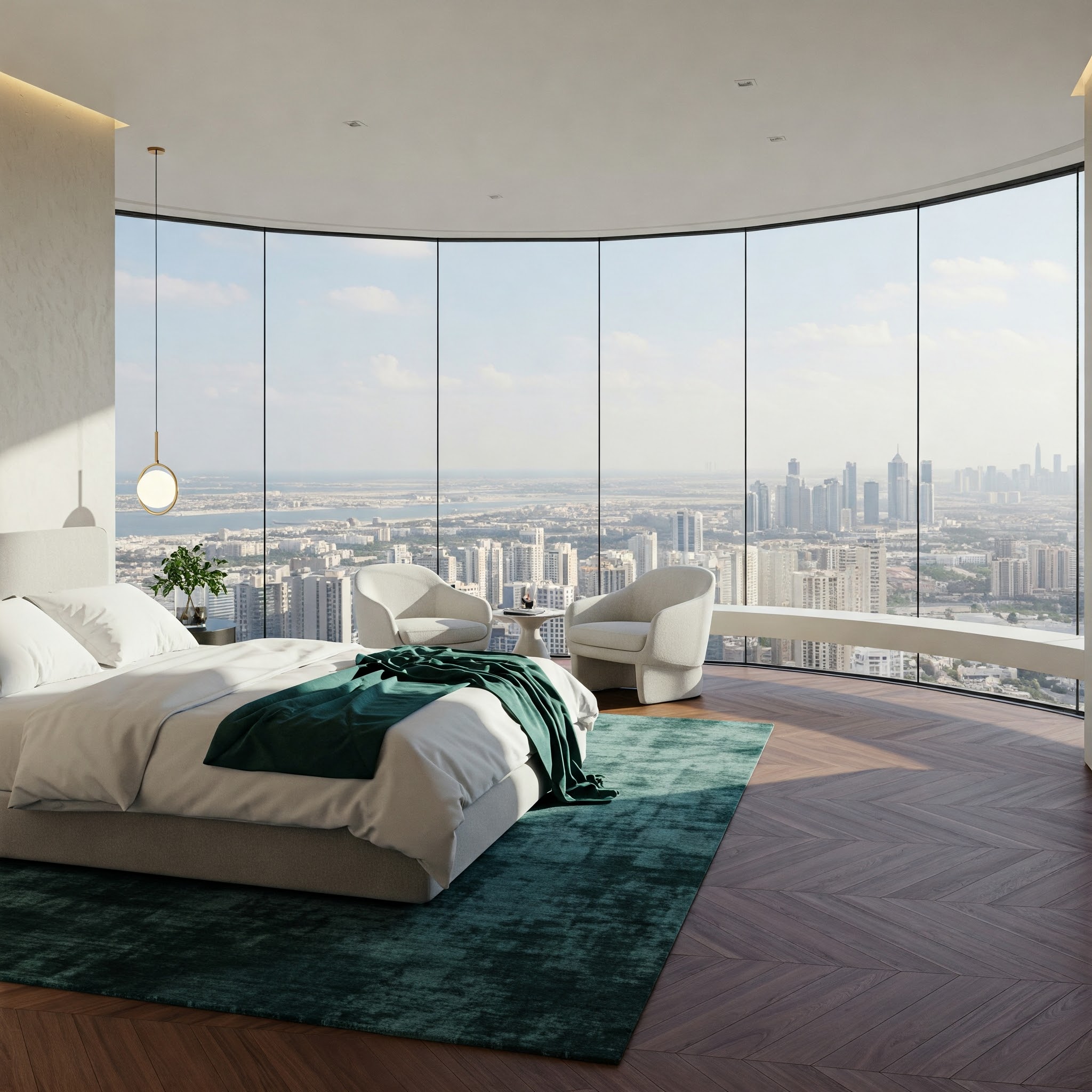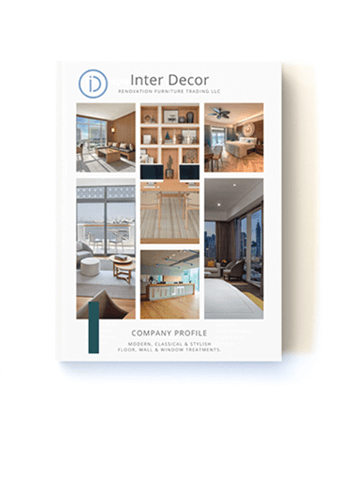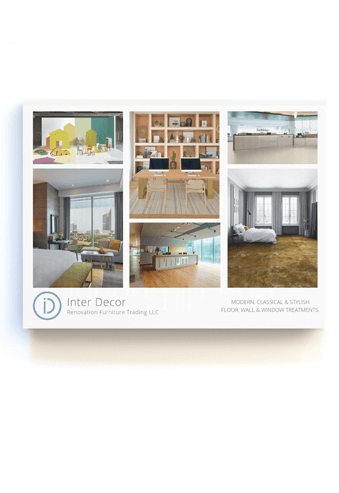Dubai's Wooden Floor Revolution: Trends, Innovations, and Expert Insights
Introduction: The Rise of Wooden Floors in Dubai
In recent years, Dubai has witnessed a remarkable transformation in interior design, with wooden floors emerging as a prominent feature in both residential and commercial spaces. This surge in popularity can be attributed to the timeless elegance, durability, and versatility that wooden flooring offers. As the city continues to evolve as a global hub for luxury and innovation, the demand for sophisticated flooring solutions has reached unprecedented levels.
This article delves into the multifaceted world of wooden floors in Dubai, exploring current trends, technological advancements, and expert insights. Whether you are a homeowner seeking to elevate your living space, an interior designer looking for cutting-edge options, or a contractor aiming to stay ahead of industry developments, this comprehensive guide will provide valuable information on the wooden floor revolution sweeping through Dubai.
Dubai's Trending Wood Flooring Options
Engineered Wood vs. Solid Wood
The debate between engineered wood and solid wood flooring continues to be a significant consideration for Dubai's discerning clientele. Engineered wood, comprising multiple layers of wood with a high-quality veneer top layer, offers enhanced stability in Dubai's fluctuating climate conditions. Its resistance to moisture and temperature changes makes it an ideal choice for the region's unique environmental challenges.
Conversely, solid wood flooring, crafted from a single piece of timber, remains a symbol of luxury and authenticity. While it may require more maintenance in Dubai's climate, its ability to be refinished multiple times over its lifespan appeals to those seeking long-term investment in their property's aesthetics.
Parquet and Wooden Floor Tiles
Parquet flooring, characterized by its intricate geometric patterns, has experienced a resurgence in popularity among Dubai's elite. This classic style, often associated with opulent palaces and grand estates, is being reimagined in contemporary settings. Modern parquet designs incorporate a mix of wood species and finishes, creating stunning visual effects that serve as focal points in luxurious interiors.
Wooden floor tiles, offering the look of hardwood with enhanced durability and ease of installation, have also gained traction. These tiles are particularly favored in high-traffic commercial spaces and residences where a balance between aesthetics and practicality is paramount.
Herringbone and Chevron Styles
The herringbone and chevron patterns have emerged as dominant trends in Dubai's wooden flooring scene. These sophisticated layouts add depth and visual interest to spaces, making rooms appear larger and more dynamic. The herringbone pattern, with its classic zigzag design, offers a timeless appeal that complements both traditional and modern interiors.
Chevron, characterized by its V-shaped pattern, provides a more contemporary aesthetic. This style has become increasingly popular in Dubai's luxury apartments and high-end retail spaces, offering a sense of movement and elegance to floors.
Trendy Oak Wood in Pastel Finishes
Oak wood flooring, renowned for its durability and distinctive grain patterns, has maintained its position as a preferred choice in Dubai. However, a notable shift towards pastel finishes has been observed. Soft, muted tones such as light grey, pale blue, and subtle pink are being applied to oak floors, creating a harmonious blend of natural texture and contemporary color palettes. This trend aligns with the growing preference for serene, minimalist interiors in Dubai's urban dwellings.
Innovative Color Schemes and Styles
Light and Dark Wood Contrasts
The juxtaposition of light and dark wood tones has become a hallmark of sophisticated interior design in Dubai. This contrast is achieved through various methods, including:
1. Alternating light and dark wood planks
2. Creating borders with contrasting wood tones
3. Inlaying darker wood species into lighter floors to create patterns
This approach allows for creative expression while maintaining the natural beauty of wood. It's particularly effective in large, open-plan spaces typical of Dubai's modern architecture, helping to define different areas within a cohesive design scheme.
Unique Finishes: White, Grey, and Custom Stained Wood Floors
The advent of specialized finishing techniques has expanded the color spectrum available for wooden floors in Dubai. White-washed wood floors have gained popularity for their ability to brighten spaces and create an airy, coastal ambiance—a desirable quality in the sun-drenched emirate.
Grey-toned wood floors, ranging from light ash to deep charcoal, offer a neutral backdrop that complements a wide array of interior styles. This versatility has made grey a go-to choice for both residential and commercial projects in Dubai.
Custom staining has also seen a rise in demand, allowing property owners and designers to create truly bespoke flooring solutions. From vibrant hues to subtle, multi-tonal effects, custom staining provides unlimited possibilities for custom made colours, particularly in oak species.
Technological Advancements in Wood Flooring
Smart Wood Flooring Solutions
The integration of technology into wooden flooring represents a frontier in the industry, and Dubai is at the forefront of adopting these innovations. Smart wood flooring solutions encompass a range of features designed to enhance comfort, safety, and energy efficiency:
1. Embedded leak detection sensors for early detection to protect wood floor damage
2. Temperature-responsive systems that work in tandem such as smart thermostats for cooling or underfloor heating, also benefiting expansion and contraction of timber
3. Pressure-sensitive flooring for security applications near entrances and lobbies
These technological integrations not only add functionality but also align with Dubai's vision of becoming a smart city, where innovation permeates every aspect of urban living.
Eco-friendly and Sustainable Options
Sustainability has become a crucial consideration in Dubai's construction and design sectors. The wooden flooring industry has responded with eco-friendly options that appeal to environmentally conscious consumers and align with the emirate's sustainability goals:
1. Rustic grade timbers which are easier to source and reduce wastage
2. Rapidly renewable wood species, such as oak
3. FSC-certified wood, ensuring responsible forest management
4. Low-VOC finishes and adhesives for improved indoor air quality
These sustainable options not only reduce environmental impact but also contribute to the wellbeing of occupants, a factor of increasing importance in Dubai's property market.
Expert Insights: Installation and Maintenance
Professional Installation Techniques: Floating vs Glue Down Installations
The method of installation plays a crucial role in the performance and longevity of wooden floors, particularly in Dubai's climate. Industry experts recommend two primary installation methods:
1. Floating Installation: This method involves interlocking planks without adhering them to the subfloor. It's ideal for engineered wood and allows for natural expansion and contraction in response to humidity changes.
2. Glue Down Installation: Preferred for a more solid feel, this method provides superior acoustic performance and increased stability for expansion and contraction. It's particularly recommended for areas with high foot traffic or where a high acoustic performance is desired.
The choice between these methods depends on factors such as the type of wood, subfloor condition, and the specific requirements of the space. Professional installers in Dubai are adept at assessing these factors to recommend the most suitable approach.
Care Tips and Best Cleaning Practices
Maintaining wooden floors in Dubai's unique environment requires specific care routines:
1. Regular Dusting: Use a microfiber mop to remove sand and dust particles that can scratch the surface.
2. Climate Control: Maintain consistent indoor humidity levels to prevent wood from expanding or contracting.
3. Prompt Spill Cleanup: Immediately wipe up any spills to prevent water damage.
4. Avoid Harsh Chemicals: Use pH-neutral cleaners specifically designed for wood floors.
5. Periodic Professional Maintenance: Schedule regular deep cleaning and refinishing to preserve the floor's appearance and integrity.
Acoustic Underlay for Wood Floor Installations
In Dubai's high-rise buildings and densely populated urban areas, sound insulation is a critical consideration. The use of acoustic underlays, such as Interfloor Sonixx 250, has become standard practice in wooden floor installations. These underlays offer multiple benefits:
1. Noise Reduction: Minimizes impact sound transmission between floors.
2. Improved Comfort: Provides a softer, more comfortable walking surface.
3. Thermal Insulation: Enhances the floor's energy efficiency.
4. Moisture Protection: Acts as an additional barrier against potential moisture issues.
The incorporation of high-quality acoustic underlays not only improves living conditions but also adds value to properties in Dubai's competitive real estate market.
Conclusion: The Future of Wooden Floors in Dubai
As Dubai continues to push the boundaries of architectural and interior design, wooden floors remain at the forefront of flooring solutions. The fusion of traditional craftsmanship with cutting-edge technology and sustainable practices is shaping the future of wooden flooring in the emirate.
The trends and innovations discussed in this article reflect a market that values aesthetics, functionality, and sustainability in equal measure. From smart flooring solutions to eco-friendly materials, the wooden floor industry in Dubai is poised for continued growth and innovation.
For homeowners, designers, architects, and industry professionals alike, staying informed about these developments is crucial. As wooden floors evolve, they will continue to play a vital role in creating spaces that are not only visually stunning but also technologically advanced and environmentally responsible.
The wooden floor revolution in Dubai is more than just a trend; it's a testament to the city's commitment to excellence and innovation in every aspect of its built environment. As we look to the future, wooden floors will undoubtedly continue to be a key element in shaping the aesthetic and functional landscape of Dubai's interiors.
FAQs
1. Q: What type of wood flooring is best suited for Dubai's climate?
A: Engineered wood flooring is generally recommended for Dubai's climate due to its stability in fluctuating humidity conditions. However, with proper care and maintenance, solid wood can also be successfully used.
2. Q: How often should wooden floors be refinished in Dubai?
A: The frequency of refinishing depends on factors such as foot traffic and maintenance. On average, a well-maintained wooden floor in Dubai may need refinishing every 7-10 years.
3. Q: Are there any restrictions on importing exotic wood species for flooring in Dubai?
A: While Dubai has relatively liberal import policies, it's essential to ensure that any imported wood complies with international regulations regarding endangered species and sustainable forestry practices.
4. Q: Can wooden floors be installed over underfloor heating systems in Dubai?
A: Yes, many wooden floors can be installed over underfloor heating systems. However, it's crucial to choose compatible wood species and follow manufacturer guidelines for maximum temperature limits.
5. Q: What are the cost implications of choosing wooden flooring in Dubai compared to other materials?
A: While initial costs for high-quality wooden flooring may be higher than some alternatives, its longevity, potential to increase property value, and timeless appeal often make it a cost-effective choice in the long term.

